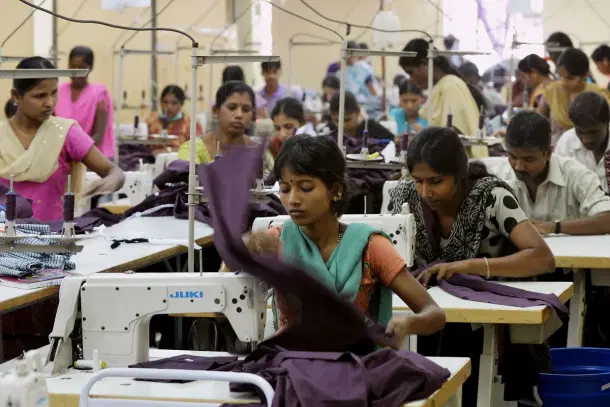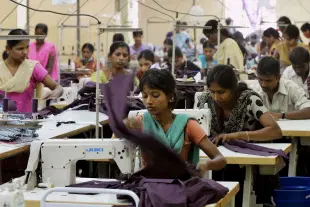News Brief
Urban Unemployment Rate Falls To 6.6 Per Cent In Q1, Lowest Since 2018: PLFS Report
Nayan Dwivedi
Oct 10, 2023, 10:50 AM | Updated 10:50 AM IST
Save & read from anywhere!
Bookmark stories for easy access on any device or the Swarajya app.


In the first quarter of this fiscal year (April-June), the urban unemployment rate was 6.6 per cent, the lowest since 2018, according to the Ministry of Statistics and Programme Implementation's Periodic Labour Force Survey (PLFS).
However, nearly 14 states had higher urban unemployment rates than the national average, as reported by the Indian Express.
During this quarter, unemployment for males dropped to 5.9 per cent from 6.0 per cent in the previous quarter and 7.1 per cent the previous year.
Female unemployment also decreased to 9.1 per cent from 9.2 per cent in the last quarter and 9.5 per cent in the previous year. Both genders saw more self-employment opportunities.
In the 15-29 age group, female unemployment increased slightly to 23.4 per cent, from 22.9 per cent in the previous quarter, while male unemployment increased to 15.9 per cent from 15.6 per cent, in the previous quarter, but was lower than the 17.4 per cent in April-June 2022.
Some states reported higher unemployment rates, including Himachal Pradesh (13.8 per cent), Rajasthan (11.7 per cent), Chhattisgarh (11.2 per cent), Jammu and Kashmir (10.9 per cent), and Kerala (10 per cent).
Delhi (2.7 per cent), Gujarat (2.8 per cent), West Bengal (4.4 per cent), Bihar (6.1 per cent), Maharashtra, and Haryana (6.5 per cent each) had lower rates.
The report also showed improvements in labor market indicators compared to the pre-pandemic period.
Labor force participation and worker population ratios were higher, while the unemployment rate was lower. During the first wave of the pandemic in 2020, unemployment rates spiked.
It's important to note that the unemployment rate is the percentage of jobless individuals in the labor force.
The PLFS follows a current weekly status approach, where people are considered unemployed, if they did not work for at least one hour during the week, but actively sought or were available for work for at least one hour during that period.
Nayan Dwivedi is Staff Writer at Swarajya.





